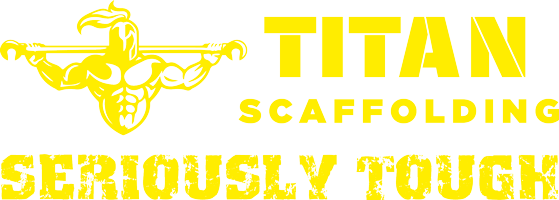Tips for the use of Auckland scaffolding
Auckland scaffolding is a requirement due to major updates of so much of the current infrastructure in and across cities and the construction of new buildings. With events like FIFA World Cup, the transformation of the structural and visual aspects of the country is staggering. Along with these transformations come the requirement for dependable and safe scaffolding systems and services through a safety approved contractor.
Hiring a contractor for Auckland scaffolding
Hiring a licensed scaffolding contractor is the best way of getting dependable and safe Auckland scaffolding solutions. In Auckland, contractors should adhere to government safety legislations to make sure that optimum safety is maintained during scaffolding operations and to avoid prosecutions for death or safety.
Scaffolding safety preparation
Before the scaffolding structure is erected, there is some preparation that should be executed by the scaffolding company hired for the job and by the person.
First of all, the area where the scaffolding should be erected should be a level surface that is stable, and if not, the contractor will have to stabilize it and ensure that it is adequate to support the scaffolds.
Safety of bystanders is extremely vital and if the scaffolding is to be erected in a public space, proper measures should be taken. For instance, the work can be scheduled to proceed during serene periods, during which less people are likely to be near the roads or structure can be closed through council permission. Scaffolding should never be erected near the power lines as this can be extremely detrimental and may cause fatal results.
If scaffolding is to be used on a highway or freeway, the contractor is necessary to have a license, specifically for this and is responsible for applying for and getting such a license. Nonetheless, the person hiring the contractor is responsible for asking for planning permission from the local council regarding the erection of any temporary structure and possible permanent structures the scaffolding might be used for.
Getting started
The workers erecting the scaffolding should be highly trained in the right methods of constructing the scaffolding and working with this kind of temporary structures.
Before use, the scaffolding should be analyzed, and again once it is assembled. It is also recommendable that the scaffolding is checked at regular intervals for damage or weakness to the materials and the structure. This is specifically vital after a change or addition has been made to the scaffolding. Equally as vital, scaffolding should be checked after storms, dry weather, strong winds and other factors which might impact the safety of the scaffolding structure.
Maintaining safety during use of scaffolding
While scaffolding structures are in use, the working person should not store materials on the boards of the scaffolding. Anything left on the boards can use someone to trip on the scaffolding and call or cause injury to someone on the ground.
Physical barriers are suggested to prevent injuries to people walking below the scaffolding structure, but using tape to create barriers is not suggested as people can and will neglect the tape and walk through.
With readymade scaffolding systems available, the hazard of accidents are lessened due to the built in the safety systems of the scaffolding. These systems can be constructed very conveniently and by few working people without compromising on safety. The systems are locking systems that do not permit any part of the scaffolding structure to get lose and as it is made from steel, the scaffolding material is literally indestructible.
Without proper practices and safety regulations, the hazard of fatalities and injury is high. Right use of scaffolding is what will keep the construction and the scaffolding industries successful and thriving.
